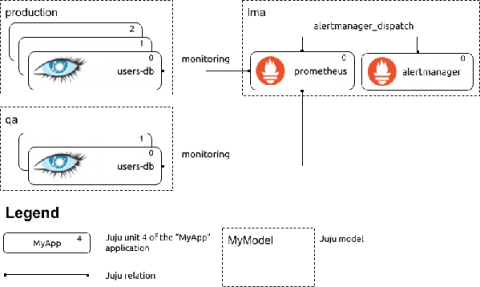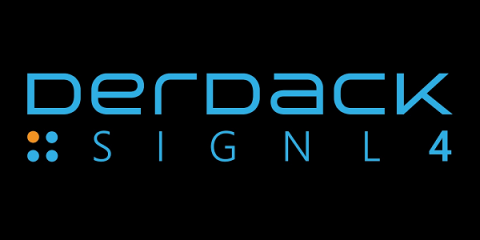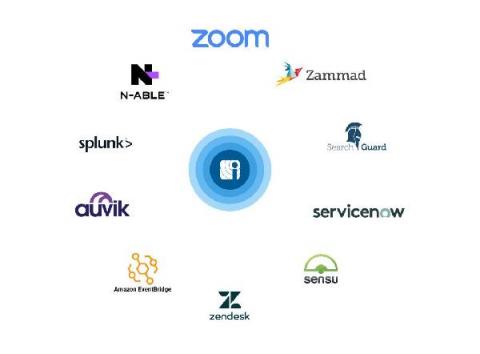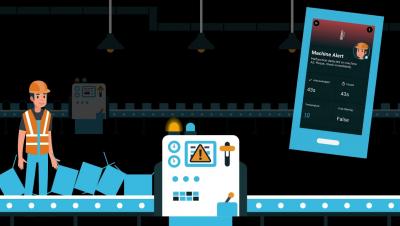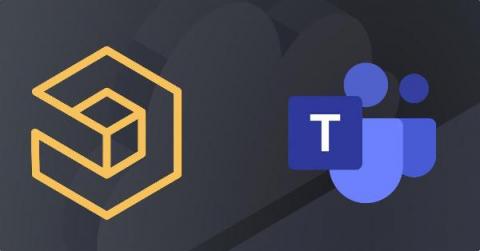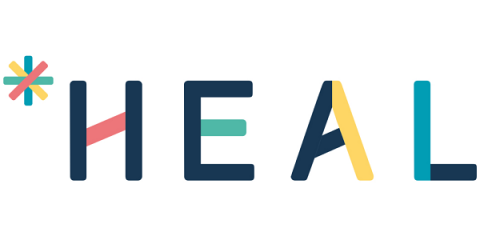Model-driven observability: Embedded Alert Rules
This post is about alert rules. Operators should ensure a baseline of observability for the software they operate. In this blog post, we cover Prometheus alert rules, how they work and their gotchas, and discuss how Prometheus alert rules can be embedded in Juju charms and how Juju topology enables the scoping of embedded alert rules to avoid inaccuracies.


